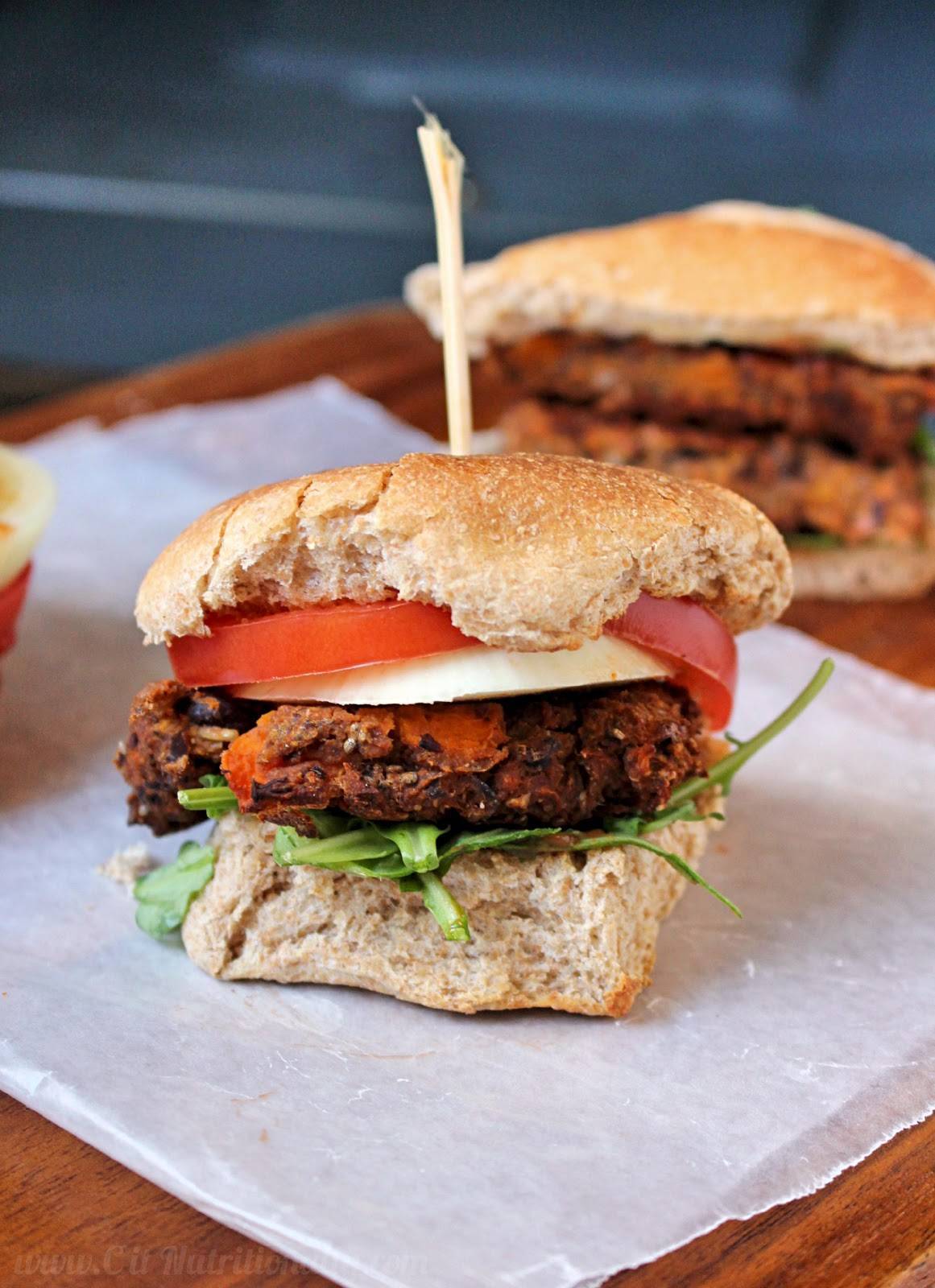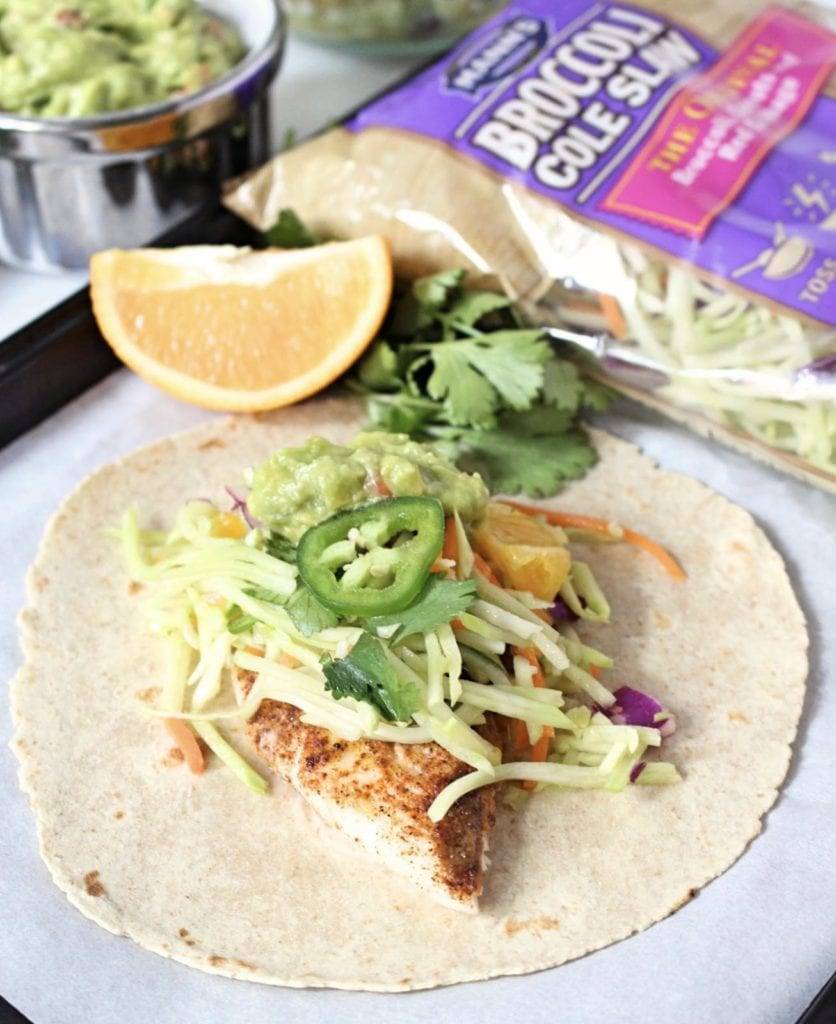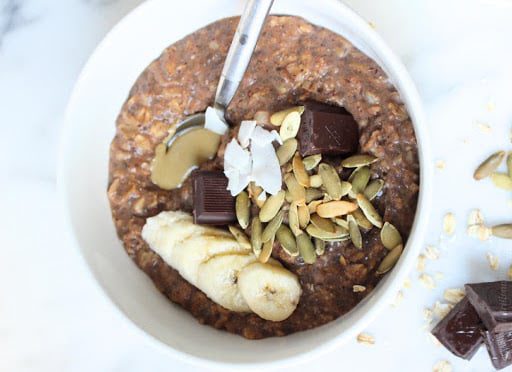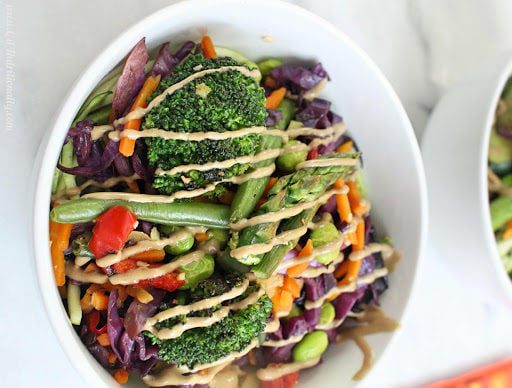In my experience as a registered dietitian, 80% of helping clients create healthy habits is about planning. One of my go-to methods to help my clients ensure they always have nutritious and delicious meals and snacks at the ready is to encourage some prior planning. I’m not talking about slaving away in the kitchen for hours doing meal prep (although that’s great, if you enjoy it). Planning starts with food shopping!
By filling your cart with basic staples, you’ll be ahead of the curve in making nutritionally balanced meals that are satisfying and taste great. But if you don’t consider food shopping a hobby (like I do), wandering the aisles of your supermarket can feel overwhelming.
That’s why I’m sharing some of my top dietitian-approved grocery store staples and what to do with them. Add these items to your shopping list (and cart) to boost your nutrition and even save money at the store.
1. Spaghetti Squash
Spaghetti squash has a long season (fall through spring), so be sure to check the produce section for this cold weather staple. It’s a great low-carb pasta alternative, so you can enjoy your favorite comfort food flavors without feeling weighed down after dinner. Spaghetti squash has just 40 calories per cup (versus over 200 in traditional pasta).
Spaghetti squash is also incredibly easy to make. If you’ve never cooked it before, read this tutorial first. Then try my Veggie Fajita Spaghetti Squash Stir Fry or Spaghetti Squash Primavera with Baked Goat Cheese.

2. Rotisserie Chicken
If the thought of cooking overwhelms you, you can still build a healthy meal around a grocery store staple: rotisserie chicken! I like to take the meat off the bones early in the week and shred it so I can use it for lunches like collard wraps and salads (like this Asian-Inspired Chicken Cobb Salad), tacos at dinner and even a quick snack in between meals.
3. Canned Beans
You’re often told to “shop the perimeter” of the grocery store, but if you exclusively follow this advice, you’re missing out on many nutritious, convenient, versatile and affordable staples in the middle aisles, like canned beans. Canned beans can be easier to digest because they soak for longer than dried beans. Plus, they’re an easy plant-based protein to add to any quick meal, like a salad, vegetarian chili, stir-fry or even (gasp!) dessert.
Try these Black Bean Sweet Potato Burgers for a meat-free burger night, or satisfy your sweet tooth with this healthy cookie dough.

4. Nut and Seed Butters
Whether you prefer peanut butter, almond butter or sunflower seed butter (my personal favorite), having a form of healthy fats in your pantry is always a good idea for quick meals. Check the ingredients list to ensure your favorite nut or seed butter is made with ingredients you can recognize and without added sugar.
I especially love to use nut or seed butter at breakfast and in snacks, but even some dinner recipes shine with this added ingredient. Aside from spreading nut or seed butter on toast or pairing it with a piece of fruit at snack time, you can make a delicious salad dressing, snack bites, sauce for veggies or dipping sauce.
5. Frozen Vegetables
Take a stroll down your frozen food aisle and stock up—but not on TV dinners. Add a variety of frozen vegetables to your cart so you can fill half of your plate with veggies every night.
Frozen vegetables are picked at their peak ripeness and frozen immediately to lock in their nutrients, so they’re just as nutritious as fresh vegetables. Check the ingredients list to make sure there are no added sauces or sugar.
Frozen produce is getting more exciting thanks to fun shapes and twists on traditional cut-up vegetables. Look out for riced cauliflower, carrot spirals and even sweet potato toast! When you’re ready to cook dinner, you can sauté your veggies straight from frozen, like in this Easy Stir Fry, or roast them straight from frozen.
6. Eggs
Have you ever heard the phrase “throw an egg on it”? Eggs are a convenient, affordable and versatile source of protein, and they’re easy to cook and add to nearly any dish. From breakfast to lunch to snacks to dinner, eggs can find a place in any part of your day. Nutritionally speaking, 1 large egg contains 6 grams of complete protein and just 70 calories.
Here’s how you can include eggs in your diet from sunup to sundown:
- – Breakfast: High Protein Breakfast Muffins
- – Lunch: Salmon Nicoise Salad
- – Dinner: Quinoa and Lentil Power Bowl
7. A Variety of Spices
Every time I’m at the grocery store, I pick up a new spice. Spices are a shelf-stable way to add tons of flavor to your meals, without adding calories or fat. If you’re unsure of what spices to use with certain foods, just start experimenting!
I always make sure to have these spices on hand for taco night: cumin, chili powder, oregano and smoked paprika.
Try these taco recipes:

8. Chia Seeds
Superfoods get a lot of hype, but they don’t all live up to their name. Chia seeds wear the superfood title loud and proud, and they have earned their place in this coveted group of foods.
With a combination of plant-based protein, healthy fats (including omega-3 fatty acids) and fiber, these tiny poppy seed lookalikes deserve a place in your shopping cart.
Chia seeds can be used as an egg substitute in some recipes, to make a breakfast or dessert pudding or even as a way to make low-sugar jam.
9. Bean- or Lentil-Based Pasta
The pasta-bilities these days are endless, which makes walking down the pasta aisle downright overwhelming. My go-to choice and recommendation for clients is bean- or lentil-based pasta.
These pasta varieties pack a much larger protein punch than traditional wheat pasta and will keep you full for longer. Just add veggies and your favorite sauce for a complete meal in minutes, or try this Vegan Pumpkin Mac n Cheese if you want to get more creative!
10. Chocolate
There’s no reason to deprive your sweet tooth when adopting healthy habits. In fact, research shows that if you overly restrict your sugar intake, it will likely backfire and you’ll then over-indulge in the sweet stuff.
I suggest stocking up on your favorite chocolate—milk or dark. Dark chocolate contains more antioxidants, but if it doesn’t satisfy your chocolate cravings the same way a piece of milk chocolate does, it’s not worth it!
In addition to a chocolate bar or chocolate chips, I suggest keeping unsweetened cocoa powder on hand to add chocolaty flavor to brownie oatmeal bowls, smoothies and more.
Of course, you can experiment with other shopping cart staples listed above to create some treats that are healthier sweets. Try these recipes:
- – Decadent Superfood Truffles (made with beans, but you’d never taste it!)
- – Chocolate Pumpkin Truffles (made with chia seeds and seed butter)
- – No Churn Salted Chocolate Chip Banana “Ice Cream”

These are just 10 items that frequently fill my shopping cart. For even more pantry staples, be sure to sign up to receive your FREE Pantry Staples Shopping Guide.



